How to become a better cyclist in 5 simple steps
Becoming a better, fitter, faster cyclist doesn't need to be an experiment in self-torture — cycling is fun. Just set some goals and plan your riding to see improvements
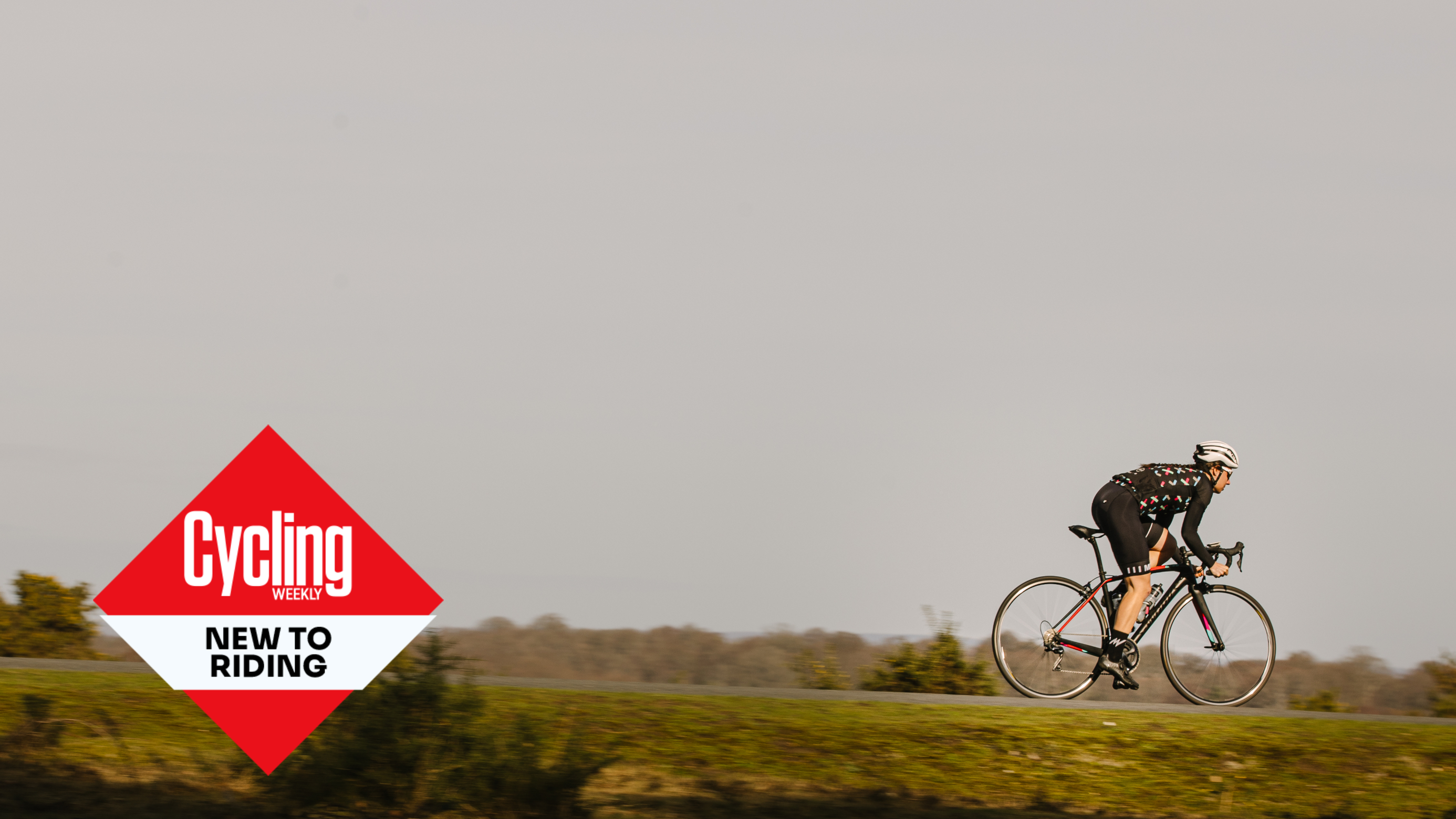
This article has been frseshly updated as part of our 'New to Riding' week, running from March 10 to March 17, with a special focus on tips, tricks and inspiration for new riders.
From the very start of your cycling journey, you’re likely going to want to improve, whether that means polishing or developing new skills, or becoming faster, stronger, or able to ride for longer. You may have a specific target, such as completing a sportive or doing your first race, or you may just want to keep up with speedy friends or improve your fitness.
A personal tip would be to join a cycling club, where you'll find riders of all abilities and experience levels normally keen to help and advise. A club is a great place to make new friends with common interests and will, ultimately, push you to progress. Whilst many clubs may look intimidating from the outside, most exist to support and nurture cyclists, and will welcome you with open arms.
Whatever your reasons, we have five tips to help you become a better cyclist.
Five simple steps to becoming a better cyclist
1. Make sure you're comfortable
If you’re comfortable while cycling, you’re naturally far more likely to ride further, faster or longer. Of course, you’ll have to put in the work to become a better cyclist, however this doesn’t mean suffering unnecessarily. Cycling is meant to be fun, after all.
If you have the budget, having a professional bike fit is a worthwhile investment. A fitter will tweak your position on the bike and look at your saddle to check that it provides all the support you need — having the right saddle can be a gamechanger. Alternatively, take a look at our DIY bike fit guide with tips on how to set up the bike yourself.
Make sure you’ve got your clothing right: a good pair of cycling bib shorts or tights is a must, as is the right kit for the conditions. If you’re riding through the colder months, invest in a good winter cycling jacket and cycling gloves as an absolute minimum.
Get The Leadout Newsletter
The latest race content, interviews, features, reviews and expert buying guides, direct to your inbox!
Holding a cycling position takes some effort if you don’t have a strong core, so condition your body off the bike for support on the bike, using core exercises and training such as pilates. Your aim is to strengthen the muscles that support your upper body.
Having a good routine of stretching and strengthening exercises to do after and between your rides will help prevent many of the niggles and aches that come from bending over the bars for significant periods. Looking for a routine you can do at home for free? Try these strengthening exercises for cyclists.
2. Avoid bonking or hitting the wall
Bonking, when you run out of energy while cycling, is something every cyclist dreads. It can come on pretty suddenly and can rapidly ruin a ride. In simple terms, it happens when your body runs out of glycogen and your muscles don’t have the fuel to keep them working. It’s more than just tired legs and when it hits, the fatigue is intense and you feel like you just can’t keep going.
You can avoid it though, by making sure you eat and drink properly before and during a ride. Nutrition for cycling doesn’t have to mean eating expensive supplements; bananas, cereal bars and jam sandwiches all contain lots of easily absorbed carbohydrates, are convenient to carry, and easy to digest.
A simple way of ensuring you stay hydrated and have enough energy for rides over two hours long is to use a carbohydrate drink — we've pulled together the best energy drinks for cycling here. Always carry a bit more food than you think you need and if you plan to be out for several hours, start eating after the first 30 minutes. Taking on 60 grams of carbohydrates an hour is a good rule of thumb, so check the back of packets to make sure you have enough.
3. Gradually increase your average speed
According to Strava data, the average male cyclist rides at an average speed of 20.4kph (12.7mph), whilst the average female hits 17.7kph (11mph). Although it might interest you, don’t read too much into this data — it’s best to only compare your own rides, at least at first.
Although many factors can impact your average speed on the bike: wind direction, how well you’ve recovered from your last ride and terrain, to name just a few, if your average speed over a similar ride loop shows a general pattern of increasing, this is a very good sign that you’re getting faster.
But the real question is ‘how do I increase my average speed?’ Firstly, you can get some free speed by considering aerodynamics, which may include your bike, wheels, position and clothing. You may think that this isn’t technically improving your cycling, but being faster means you can ride with faster people, and, in turn get faster again.
Try to incorporate some intervals into your training. You can find some structured sessions or a cycling training plan to follow, with short hard efforts included, or you can simply use markers on your ride. This could be a road sign or a building up ahead that you can target, pedalling harder until you reach it, then easing off.
You should try and increase your average speed gradually, and be sure not to get too focused on average speed alone, as there as so many contributing factors that can’t be changed. Find more tips on how to increase your average speed in our guide.
4. Work on your biking technique and bike handling skills
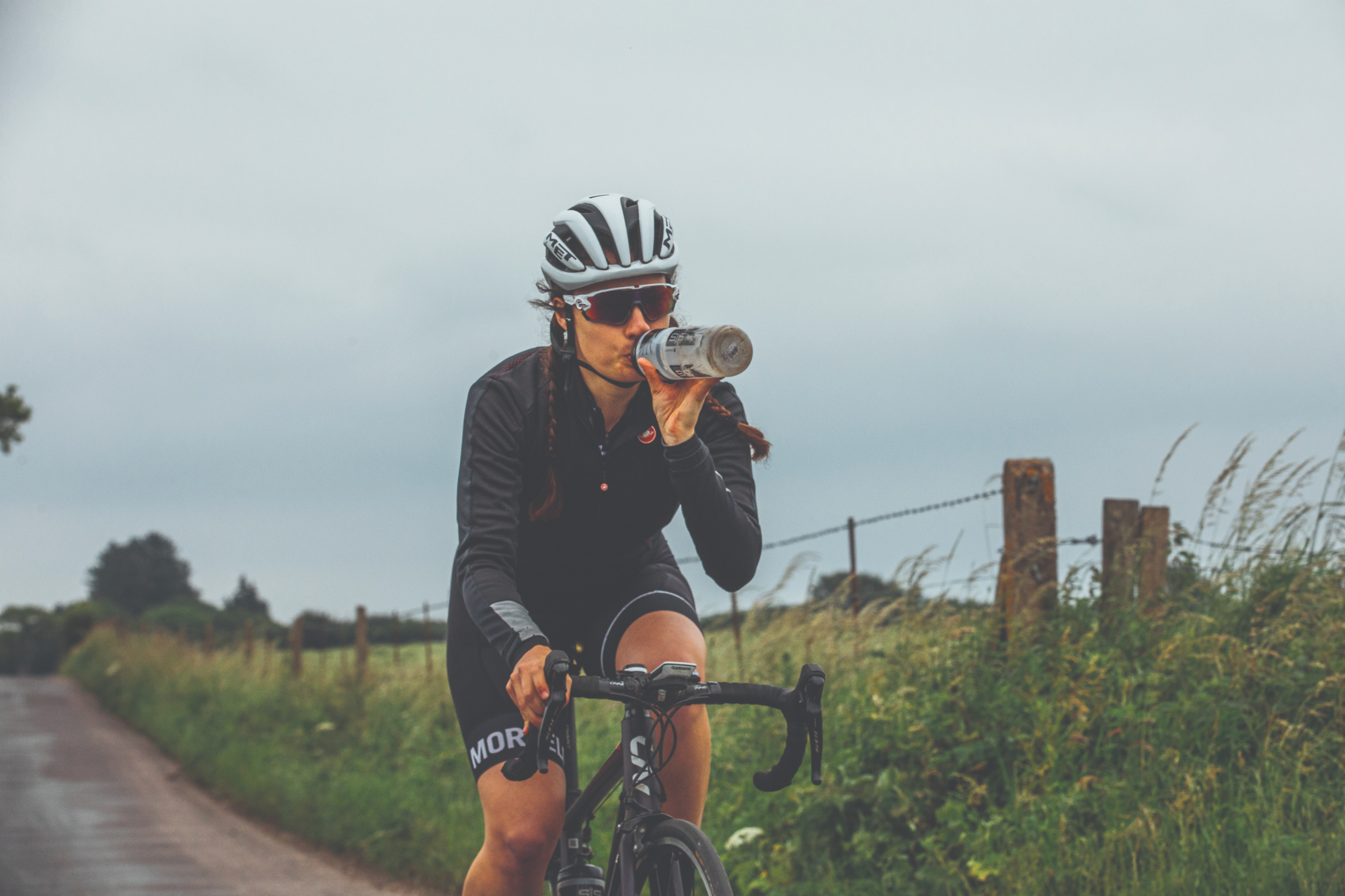
Improving biking technique and your bike handling skills are key to becoming a better cyclist. If you can ride around corners or descend faster — choosing your lines correctly — you’ll naturally increase your speeds. You can practice key skills such as track standing, picking up objects off the floor while cycling, and cornering, in a safe area, and you’ll soon feel more in control of your bike and more confident on the roads and at speed.
Riding off-road, be that gravel, cyclocross or mountain bike, will give you a whole new skillset, which translates to better bike handling. Similarly, track cycling is a good discipline to try, where you’ll practice drills like riding in close bunches, riding in contact with another rider and single leg pedalling, which leads to smoother pedalling overall.
5. Pack in the miles with commutes
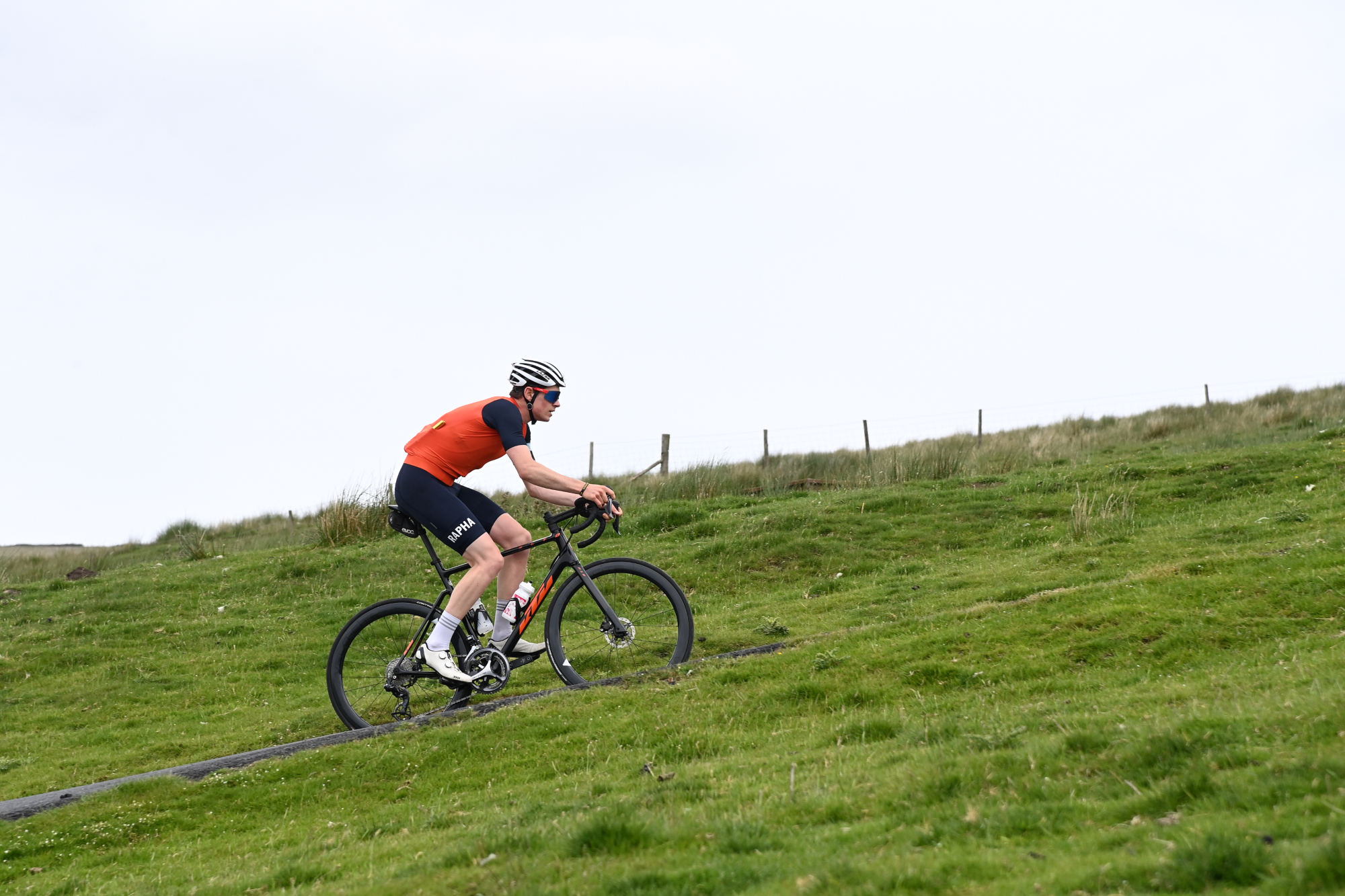
Commuting to work by bike can help build a good endurance base. This kind of low intensity cycling builds aerobic fitness, which in turn prepares your body for more intense training.
If your commute is fairly short, try and extend it into a longer loop a couple of times a week and you’ll soon be getting some good weekly mileage under your belt. If your office is a decent distance away, you’ll naturally be packing in the miles, and by riding both to and from work, you’ll really up the training volume.
Try and keep your heart rate low during commutes — keeping it steady up the hills, spinning at higher cadences and not going too hard off every traffic light will help prevent excess muscle fatigue. If you go too hard on these easy rides, you’ll end up too tired to get any real physiological benefits during dedicated training sessions. Remember, riding easier does make you faster. This isn’t to say you shouldn’t turn any commutes into intervals, just that your body needs time to recover with some easy pedalling, particularly if you’re riding to work five days a week. Remember to fuel properly too, before, during and after your ride.

Thank you for reading 20 articles this month* Join now for unlimited access
Enjoy your first month for just £1 / $1 / €1
*Read 5 free articles per month without a subscription

Join now for unlimited access
Try first month for just £1 / $1 / €1
A cyclist for over 10 years, Cat started on the road and track, and now loves riding the trails and racing cyclocross. A freelance writer with many years of experience, when not writing or turning left at Herne Hill Velodrome, she likes to spend her time in the mountains, preferably on a bike or snowboard.
You must confirm your public display name before commenting
Please logout and then login again, you will then be prompted to enter your display name.
-
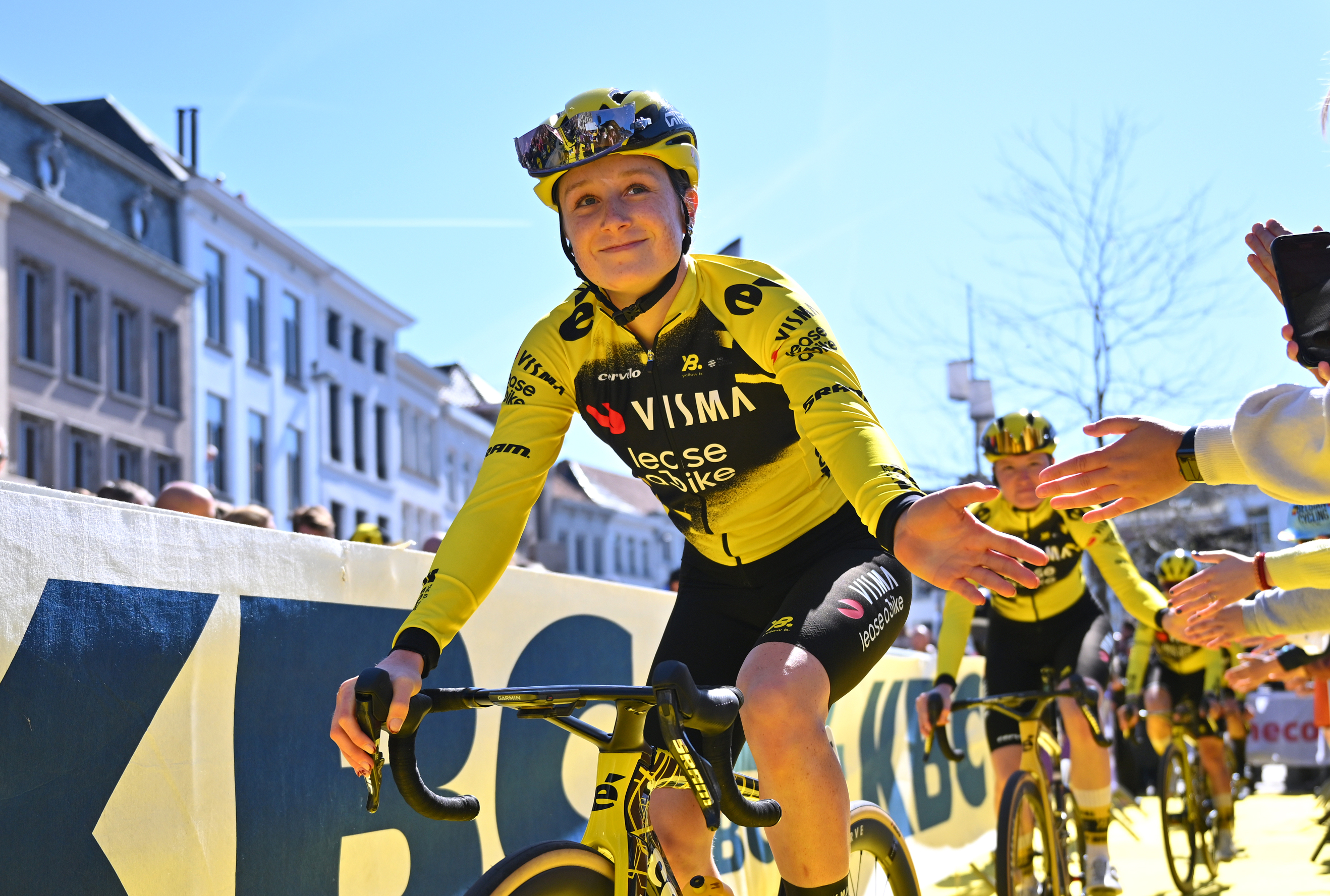 'It's really surreal that now I'm part of it' - 19-year-old Imogen Wolff set to go from spectator to racer at Paris-Roubaix
'It's really surreal that now I'm part of it' - 19-year-old Imogen Wolff set to go from spectator to racer at Paris-RoubaixBrit first came to see the 'Hell of the North' when she was six
By Tom Davidson Published
-
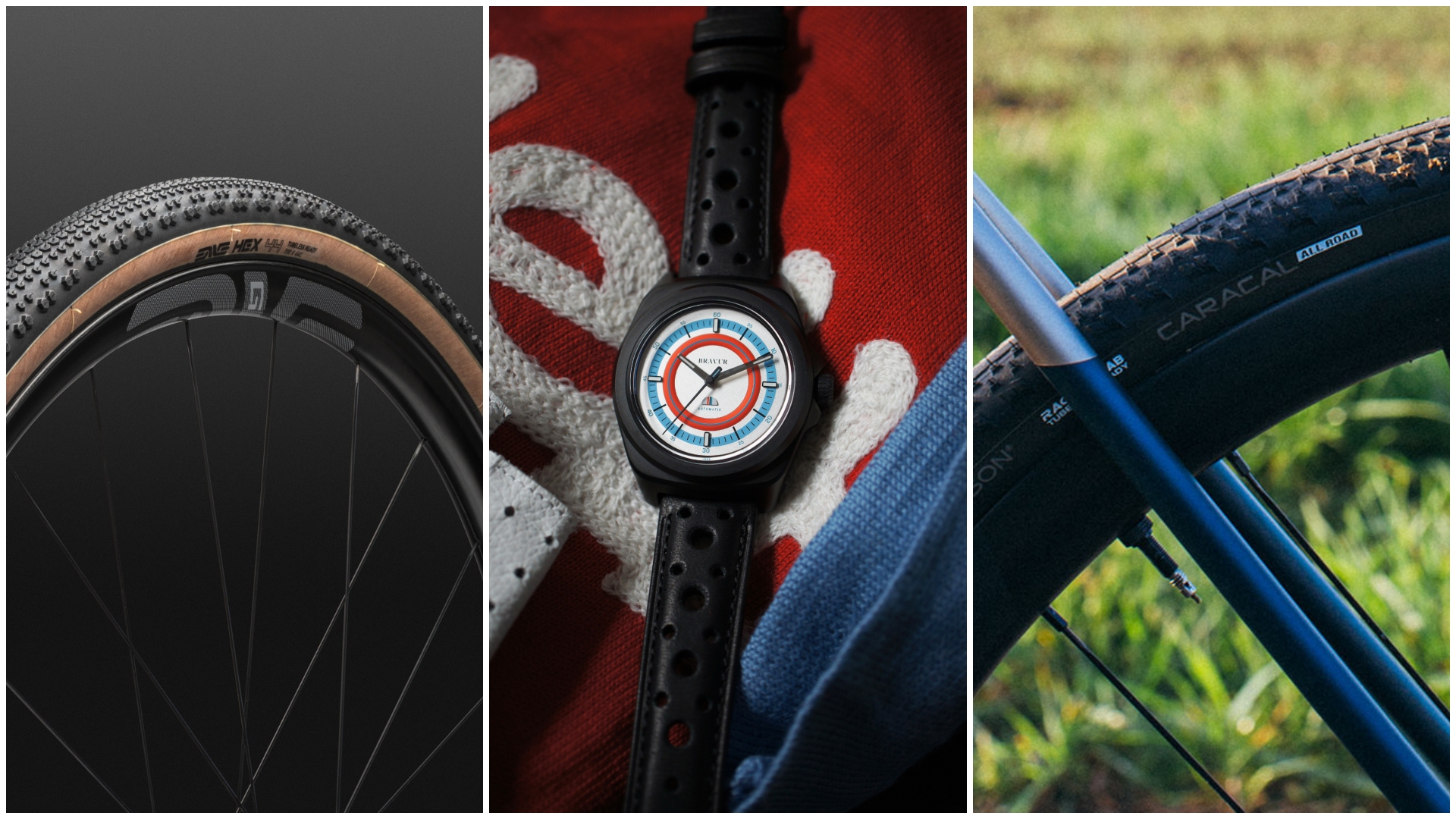 Tech Roundup: A gravel bike with 57mm tyre clearance, a not-smart, but very smart watch for cyclists, and new rubber from Enve, and Hutchinson
Tech Roundup: A gravel bike with 57mm tyre clearance, a not-smart, but very smart watch for cyclists, and new rubber from Enve, and HutchinsonAllied's latest release is proof that tyres are only getting wider
By Joe Baker Published
-
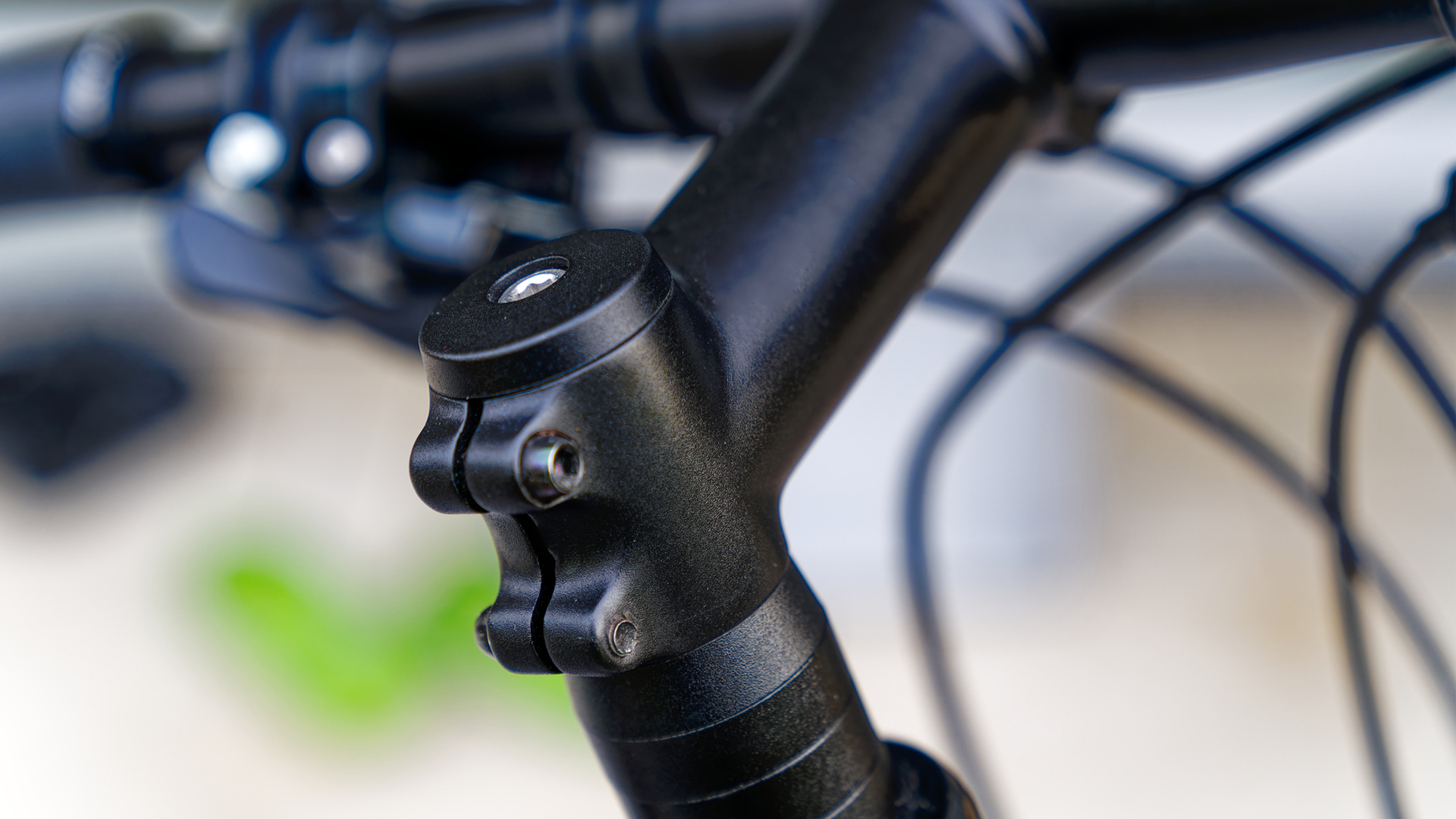 How to set your handlebar height
How to set your handlebar heightHigh bars offer comfort, whereas low bars are the most aerodynamic. But can you avoid backache and cheat the wind?
By Cat Glowinski Published
-
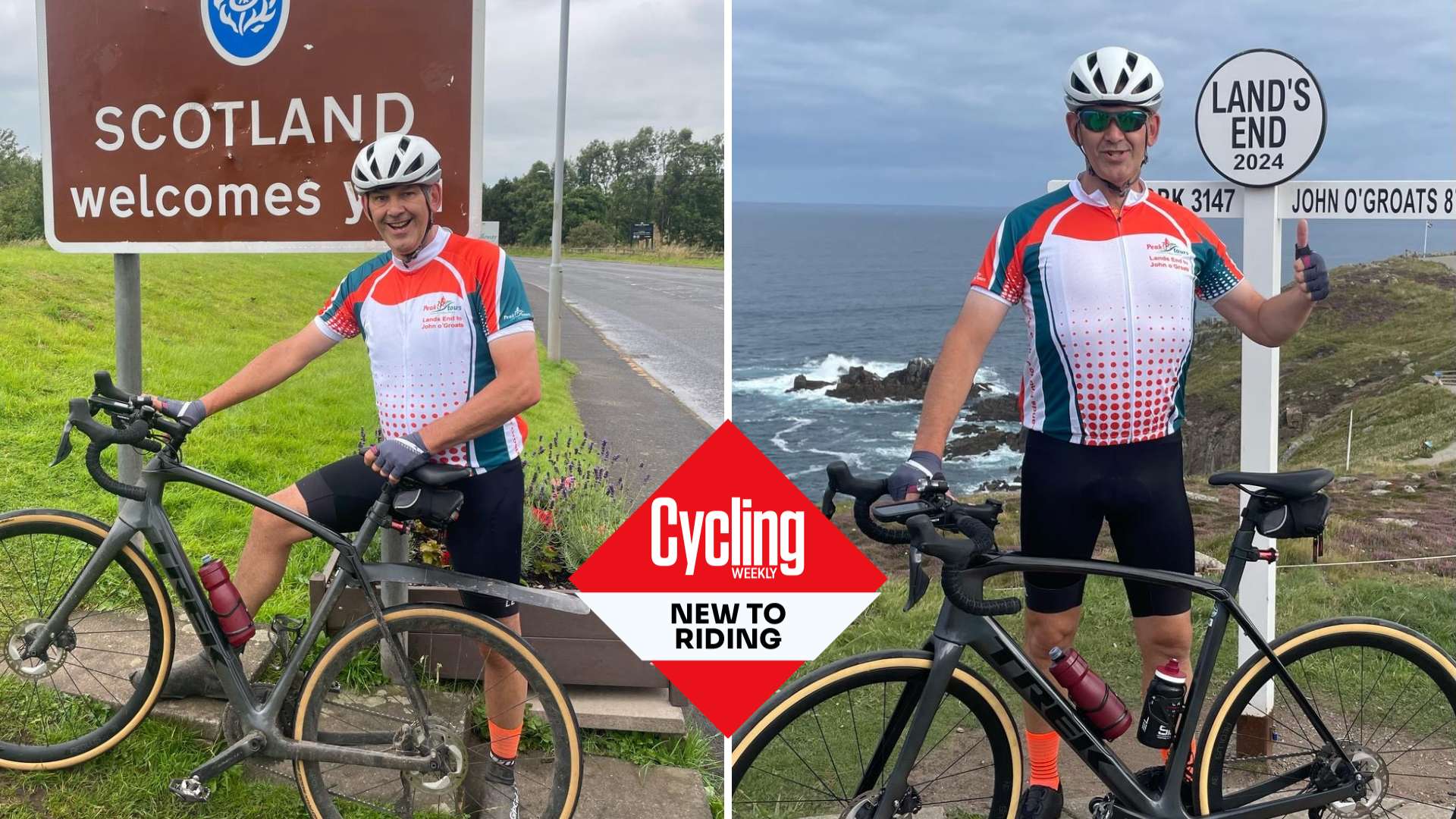 'I don’t think another sport would be as good for me as cycling': Cycling could help you live longer - here's why
'I don’t think another sport would be as good for me as cycling': Cycling could help you live longer - here's whyCycling is not only enjoyable, but it will pay dividends in terms of health and longevity - but don't just take out word for it
By Hannah Reynolds Published
-
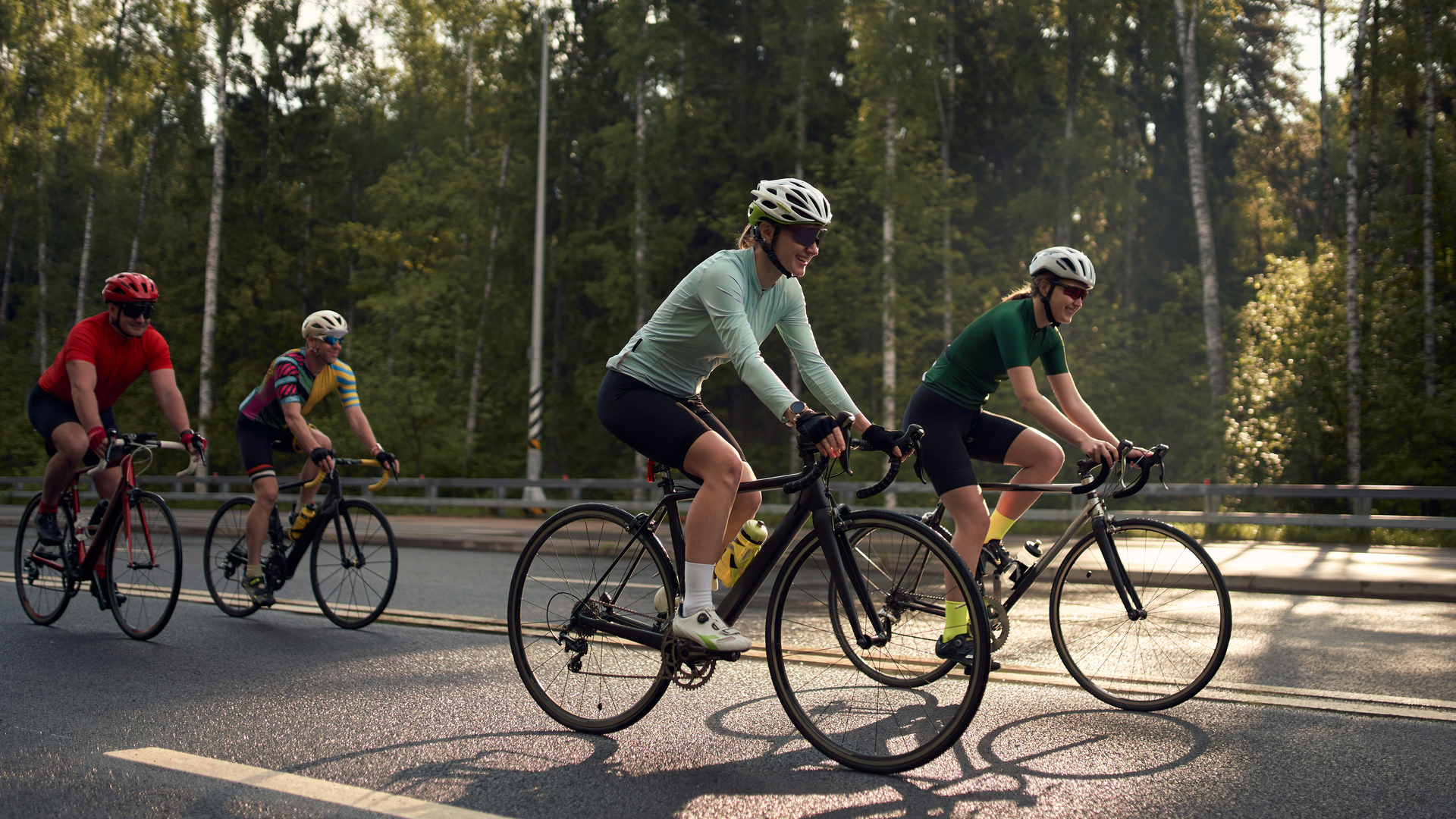 ‘I fell over many times but kept going’: You can start cycling at any age - tips for beginner cyclists
‘I fell over many times but kept going’: You can start cycling at any age - tips for beginner cyclistsLearning how to ride a bike as an adult can feel daunting, but it doesn't have to be
By Hannah Bussey Published
-
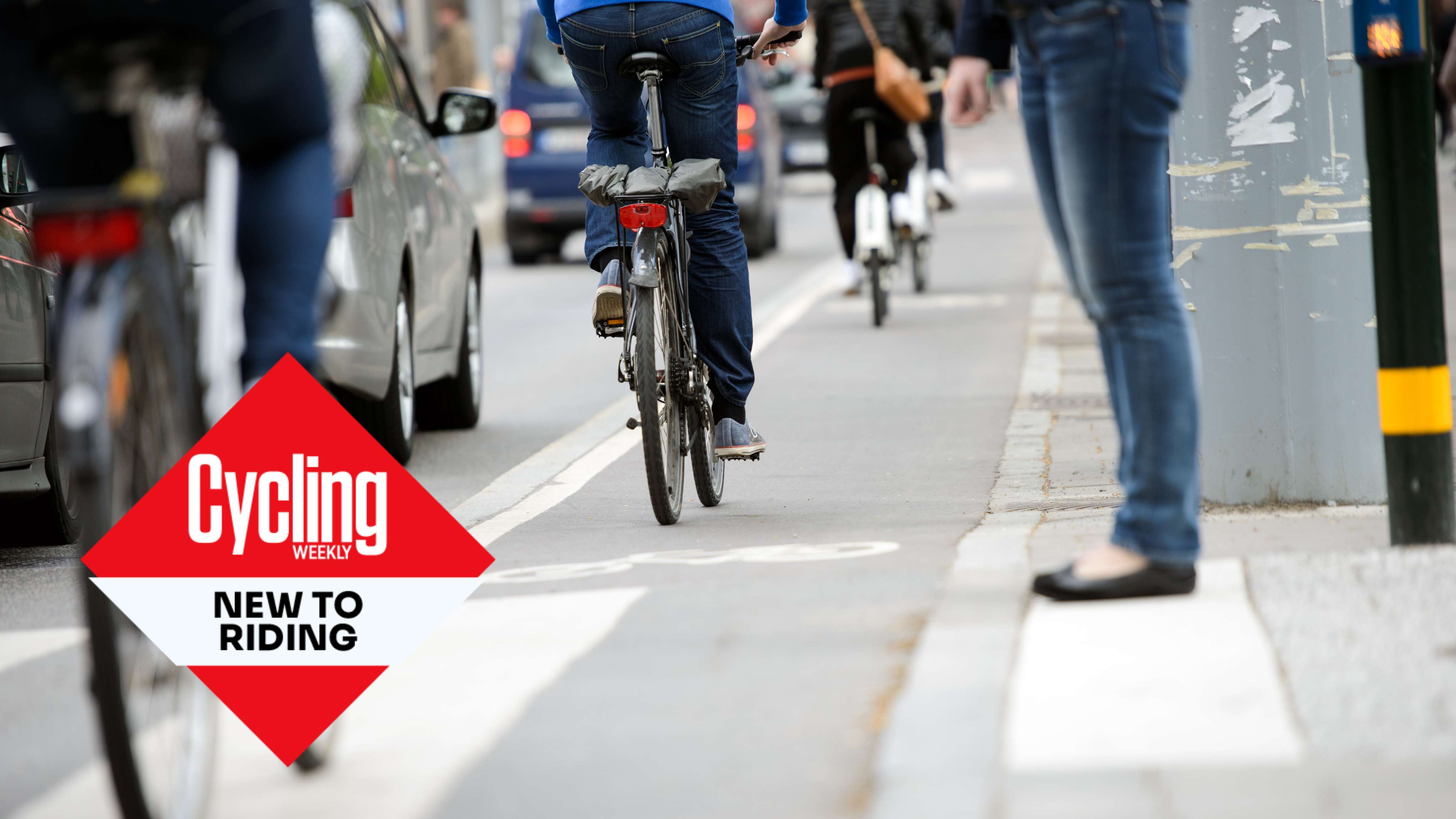 What's better for weight loss - riding an e-bike or walking to work?
What's better for weight loss - riding an e-bike or walking to work?While e-bikes undoubtedly offer convenience and ease of use, how do they measure up against another form of gentle exercise – walking?
By Hannah Reynolds Published
-
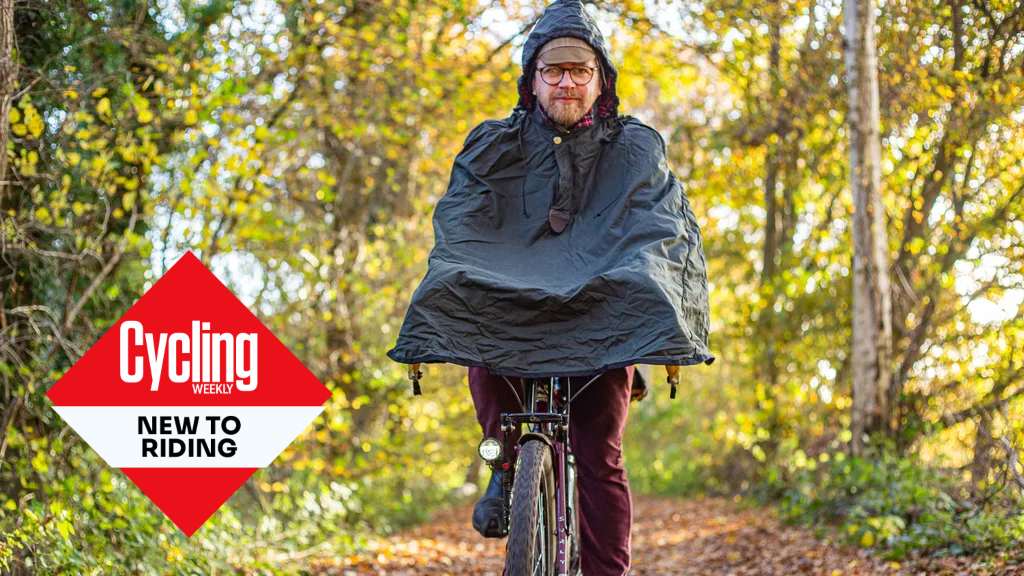 I've been bike commuting for 20 years, here are 13 mistakes beginners make
I've been bike commuting for 20 years, here are 13 mistakes beginners makeReplacing regular car journeys with bike rides is a joy, even more so if you avoid this early pitfalls
By Sam Jones Published
-
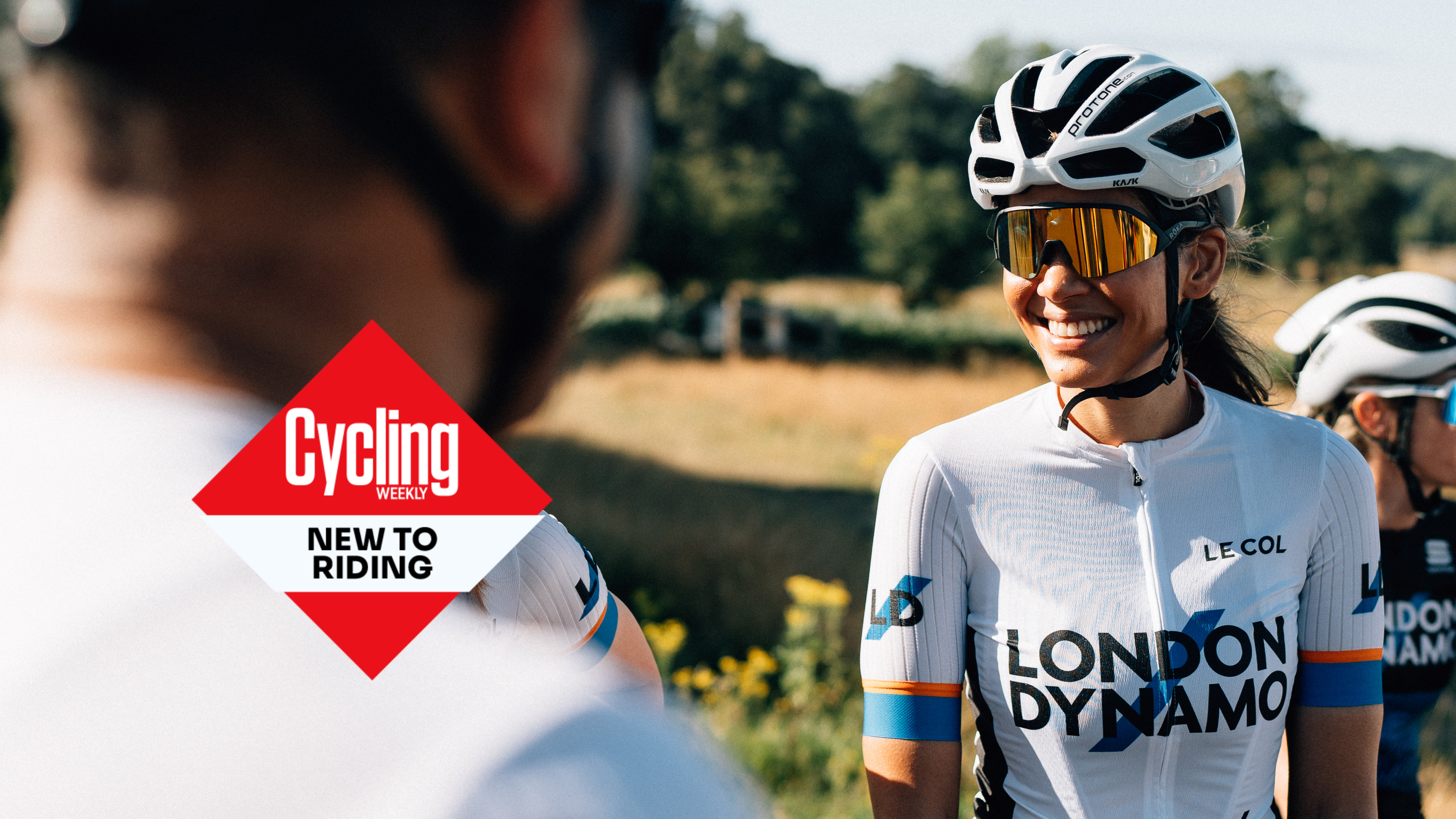 Nervous about joining a local cycling club? It could be easier than you think
Nervous about joining a local cycling club? It could be easier than you thinkSpring is the perfect time to sign up to your first group ride, and the good clubs will welcome you with open arms
By Isobel Duxfield Published
-
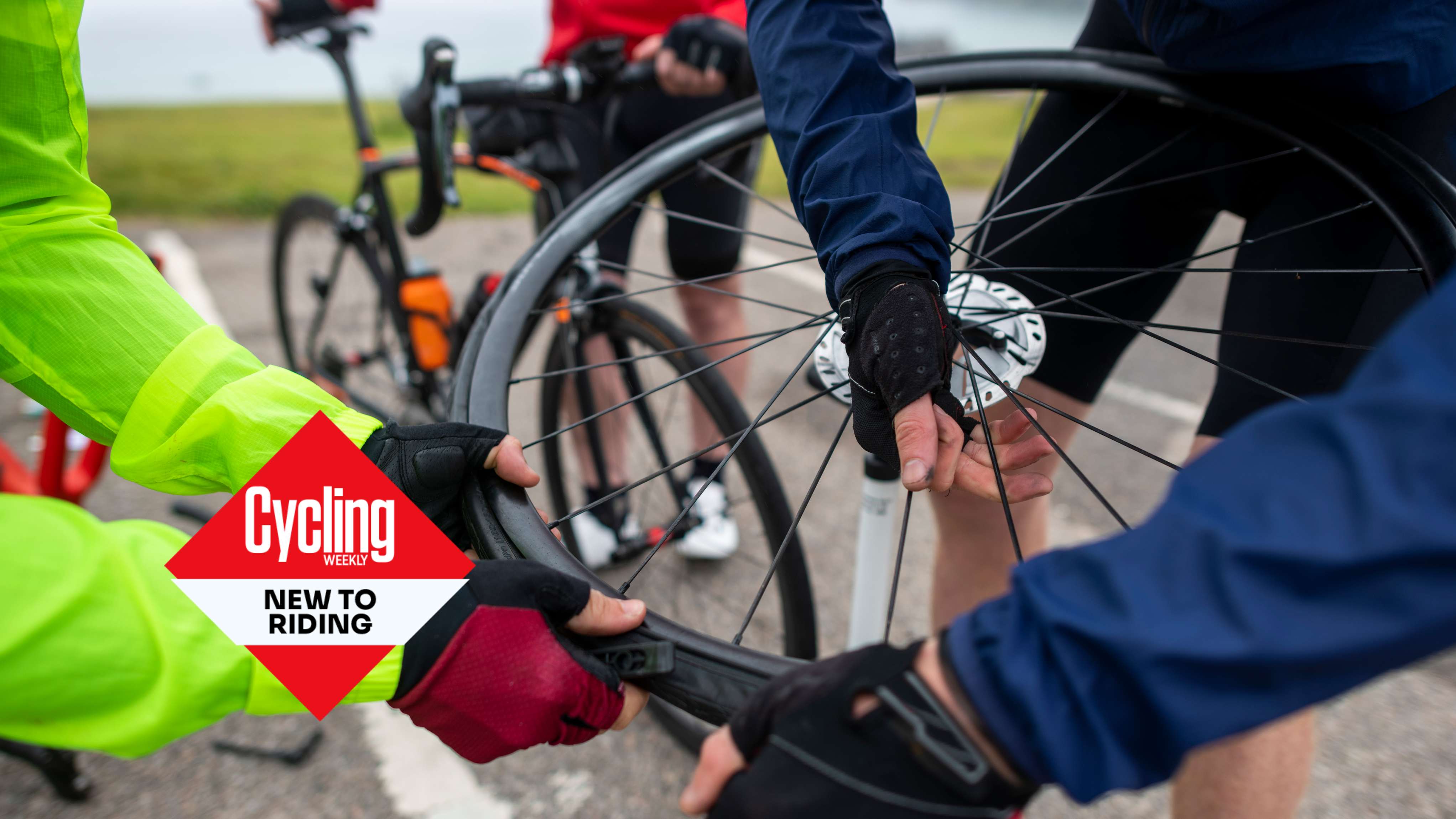 Why I learned to stop worrying and love the puncture
Why I learned to stop worrying and love the punctureSam Jones has fostered an appreciation for punctures since his first flat, back in the year 2000
By Sam Jones Published